It is a female burial found in the karst cave of Agnano, near Ostuni, in the province of Brindisi.
This cave has been frequented since the end of the fourth millennium; in fact, important traces of religious attendance have been identified with sacrificial finds such as statuettes in the shape of pigs or bulls and, sensational discovery, the discovery of the skeleton of a pregnant woman, with the remains in excellent condition and the fetus intact. It is "Delia", this is the name given to the mother of Ostuni by archaeologists ("Ostuni 1" for science), dating back to the Upper Paleolithic (28.000-20.000 years ago); it is not a simple burial but certainly something ritual, given its funerary equipment and the position of the inhumation.
The young woman was 20 years old, with intact teeth, even if worn out, probably because Delia, as per normal custom for the times, used to chew animal skin to make it softer and therefore suitable to be processed for the packaging of garments. 'clothing. She had died in the terminal state of pregnancy, probably from a serious infection, possibly from gestosis.
In this regard, a study was carried out on three fetal teeth; the child's teeth form starting from 3-4 months of gestation and day by day the enamel is enriched with a new layer until they fall out around the age of 6-7 and, for this reason, the analysis of the teeth is able to provide a variety of growth information. The three teeth were studied in Trieste, using a particle accelerator, the Elettra synchroton, which in identifying the growth rings of the enamel recorded three episodes of stress in the child's growth in the last two and a half months of life. The exact reasons are not known, but they are certainly the cause of death, an illness that occurred after 31-33 weeks of gestation. The analysis of the discovery site made it possible to exclude that it was death from malnutrition, as the area was rich in wild animals and Delia herself was buried with a rich set of precious objects for the time.
The body of the woman, a muscular girl 1.70 meters tall, was in a curled up position on her left side with her right arm positioned on her belly, almost to protect the fetus and the other arm bent under her head; the fetus, now in its eighth month of pregnancy, is in perfect condition, found under a stone resting on the woman's belly and, a curious detail, with her little hands in fists completely intact placed in front of her eyes, as in a natural gesture for a child ready to come into the world.
The studies made it possible to ascertain that the woman belonged to a small community of Cro-Magnon hunter-gatherers, which should not have exceeded 10 units and who would have chosen this place because it allowed easier control of the movements of the animals. After having dug a grave and lit a hearth, as per ritual, they placed the deceased with care inside the abyss, on a bed of pebbles in a fetal position, with a bracelet on her right wrist made up of pierced shells and a deer canine. a headgear made up of more than 600 sea shells mixed with red ocher interspersed every 80 pieces with the canine of a deer, various stone tools and many remains of fauna (bones of horses and oxes) deliberately placed there. These elements made it possible to understand the scenario in which the young woman lived and the animals that populated the area (horses and aurochs were the main game of the nomadic group). However this burial embodies a very particular meaning as it is testimony through its funerary equipment of a cultic ceremony carried out inside the cave and therefore of its sacredness.
The shell headdress is typical of the Goddess' ornaments, a detail that brings us back to the statuettes of Willendorf in Austria or Brassempouy in France, just to name a few, as well as the red ocher, another typical symbol of coeval funerary rituals, to represent the color of the blood that regenerated the Mother Goddess herself just buried.
In the same cave-shelter the first graphic manifestations of Homo sapiens were also found, with symbolic linear motifs, as well as flints and stone tools, testifying to the fact that the site was frequented for a long time as a place of worship and for daily activities.
In the same cave was also found a badly preserved skeleton of unidentifiable sex, "Ostuni 2", also buried in a fetal position, with his back to the woman and dated to about 30.000 years ago and the skeleton of a man in very bad health conditions, "Ostuni 3", dated to about 13.000 years ago, both discoveries that make the Agnano cave one of the richest examples of places of worship in the Upper Paleolithic used as burials.
According to the findings, the cave would still have been a Messapian sanctuary dedicated to the Goddess Demeter, then converted into a place of worship in the Christian age through the construction of a chapel dedicated to the Madonna of Agnano, with traces of frescoes from the Byzantine age, as well as a small sixteenth-century chapel with a fresco of the virgin inside, the only one left of an entire cycle that enriched the church; the pavement is shiny as evidence of the thousands of faithful who went there on pilgrimage.
The cave consists of two underground rooms (eastern chamber and western chamber), the continuity of which is interrupted by the chapel mentioned above and by an open space used in the 800th century as a shelter for the flocks. The eastern chamber is the most important, as it houses the area where the Paleolithic burials were found.
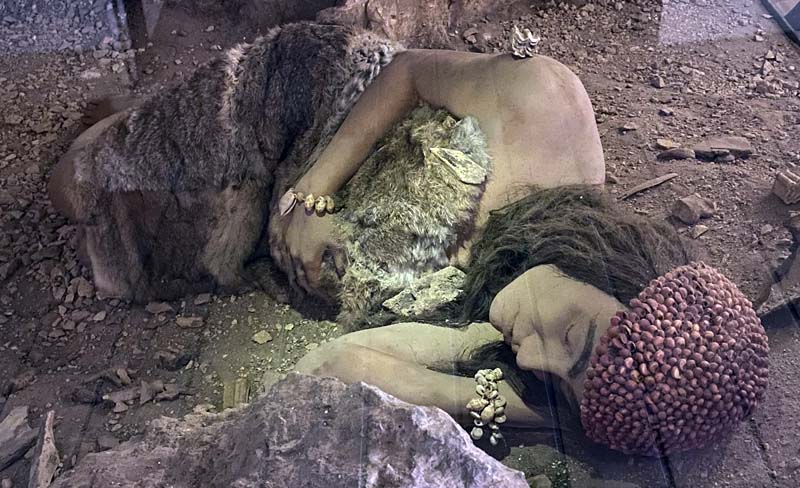
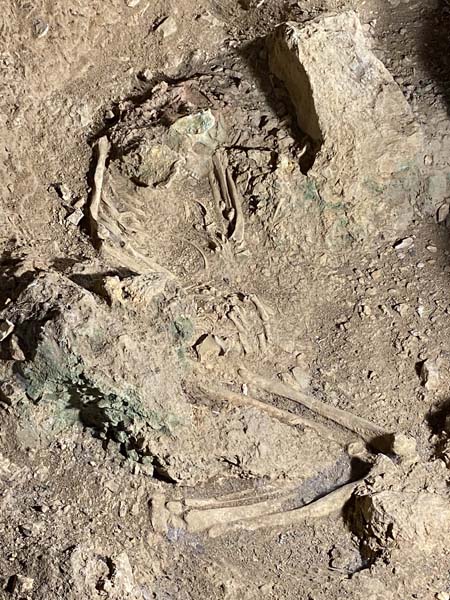
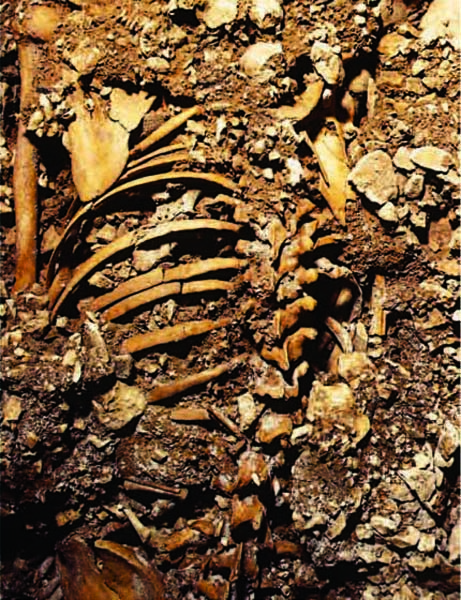
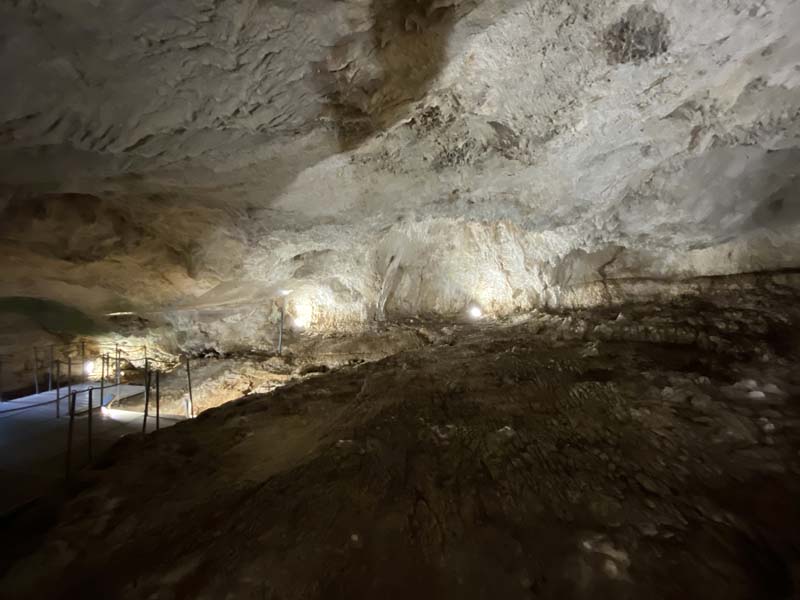
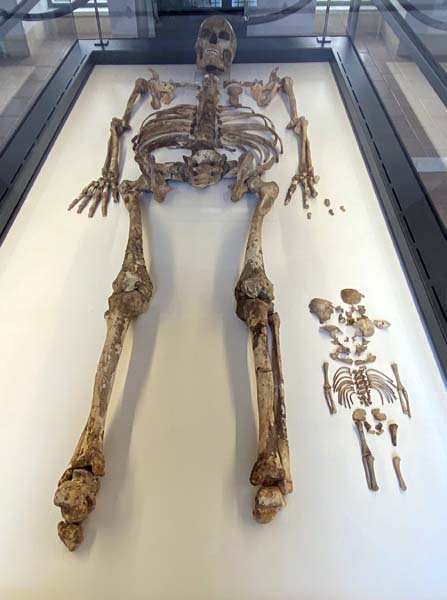
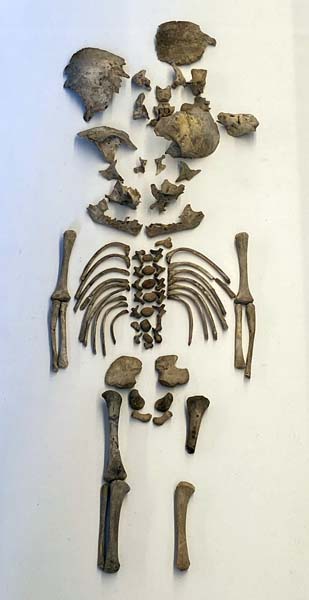
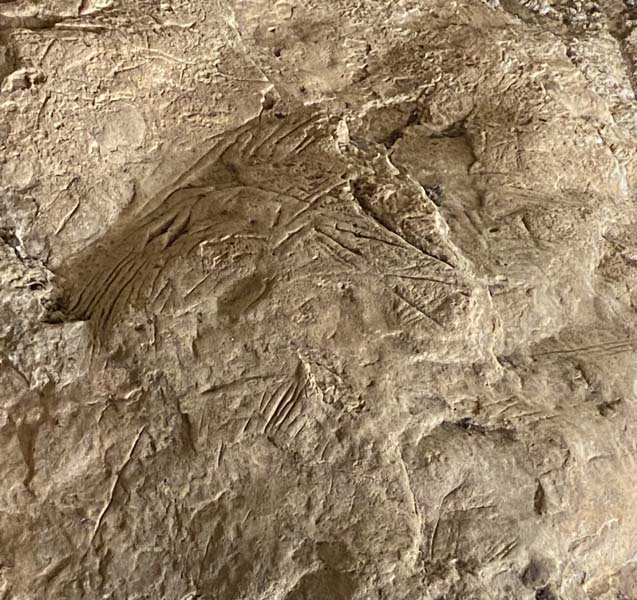
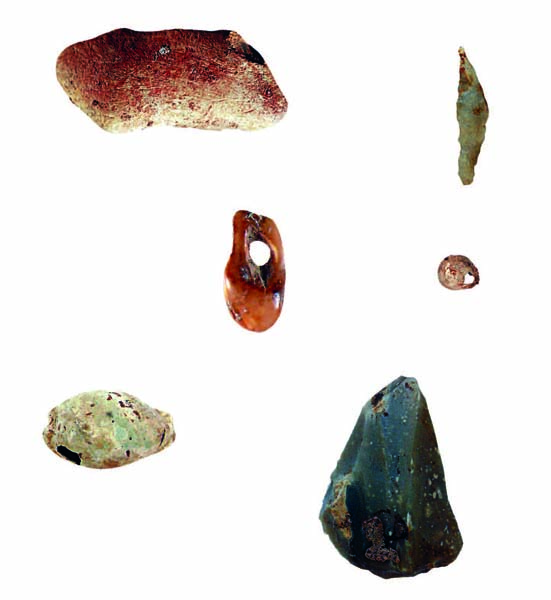
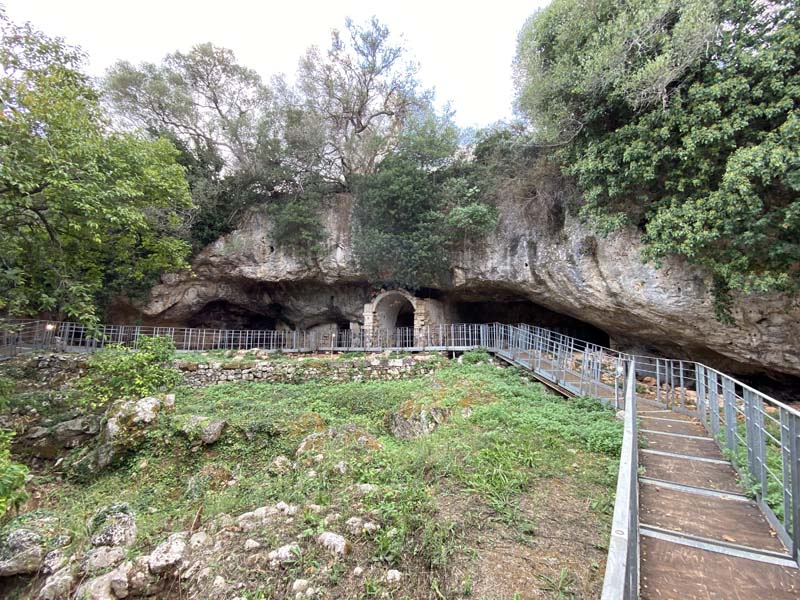

Historical notes
The first searches inside the cave sanctuary of Santa Maria di Agnano, a large karst cavity in Contrada Risieddi on the hills of Ostuni, were carried out by the Paleo-ethnologist Donato Coppola (of the Tor Vergata University of Rome at the time and now of Bari, Department of Sciences of Antiquity and Late Antiquity) at the beginning of the 70s and, since then, evidence of an intense frequentation of the cave has become evident. The first regular excavation campaign began in 1991 and on 24 October of the same year Prof. Coppola himself found the important burial of the "woman of Ostuni" inside the cave, baptized "Delia" by its discoverer in homage to the woman who she would become his wife.
After the discovery, the removal of the skeletons was particularly problematic to prevent them from being damaged. Thus the floor was removed en bloc under which the bone remains were located; inside the tunnel, no more than 50 cm high, some shells set in the rock are still visible. Some large iron planks were welded together to form containment caissons for the burials which, for protection, after careful restoration and arrangement, are now exhibited in the Museum of pre-classical civilizations of the Southern Murgia in the city of Ostuni.
CARD
LATEST PUBLISHED TEXTS
VISIT THE FACTSHEETS BY OBJECT

